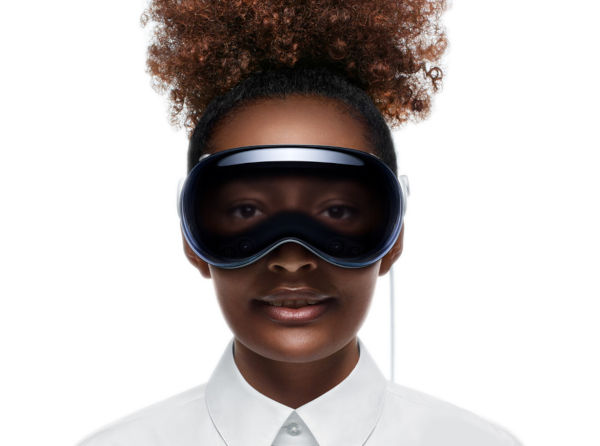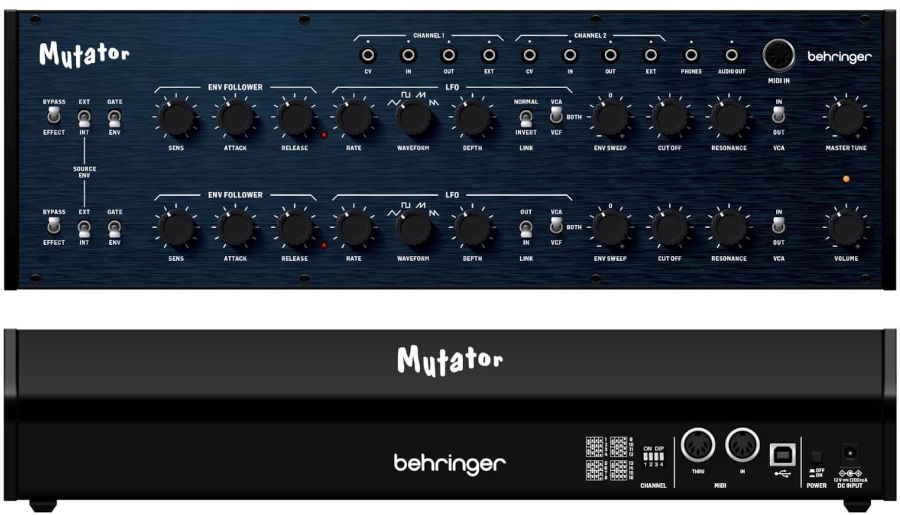
Breaking Barriers: Apple Unveils Revolutionary Accessibility Features
Innovative updates empower users with disabilities through eye tracking, music haptics, vocal shortcuts, and more, reaffirming Apple's commitment to inclusive design.
NEWS Apple May 16, 2024 Reading time: 3 Minute(s)
Apple has unveiled a suite of groundbreaking accessibility features, marking a significant leap forward in inclusive technology. Among the standout innovations are Eye Tracking, Music Haptics, and Vocal Shortcuts, each designed to cater to the diverse needs of users with physical or sensory impairments.
Empowering Control with Eye Tracking
Powered by artificial intelligence, Eye Tracking introduces a groundbreaking method for users with physical disabilities to navigate iPad and iPhone devices using only their eyes. This feature, which doesn’t require additional hardware, utilizes the front-facing camera and on-device machine learning to enable seamless control through eye movements. From app navigation to activating functions with Dwell Control, Eye Tracking promises a new level of accessibility across iPadOS and iOS applications.
 Making Music Accessible with Haptic Feedback
Making Music Accessible with Haptic Feedback
Music Haptics represents a paradigm shift in how individuals who are deaf or hard of hearing experience music on iPhone. Leveraging the Taptic Engine, this feature translates audio into tactile feedback, allowing users to perceive the nuances of music through vibrations. With millions of songs accessible through Apple Music and support for integration into third-party apps, Music Haptics promises to enrich the musical experience for all users.
Enhancing Communication with Vocal Shortcuts
Vocal Shortcuts empower iPhone and iPad users to customize voice commands, enabling seamless execution of tasks and shortcuts. This feature caters to users with diverse speech patterns, including those with acquired or progressive conditions such as cerebral palsy or ALS. Additionally, the introduction of Listen for Atypical Speech utilizes on-device machine learning to enhance speech recognition, furthering Apple's commitment to accessibility in communication technology.
 Addressing Motion Sickness with Vehicle Motion Cues
Addressing Motion Sickness with Vehicle Motion Cues
Recognizing the challenges faced by users experiencing motion sickness while using devices in moving vehicles, Apple introduces Vehicle Motion Cues. By providing visual cues aligned with changes in vehicle motion, this feature aims to alleviate sensory conflicts and enhance user comfort without compromising content visibility.
Improving CarPlay Accessibility
Accessibility updates for CarPlay include Voice Control, Color Filters, and Sound Recognition, catering to users with diverse needs such as voice-based navigation and enhanced visual interfaces. Sound Recognition alerts users who are deaf or hard of hearing to auditory signals like car horns, while Color Filters enhance visual accessibility for users with color vision deficiencies.

Expanding Accessibility Features in visionOS
VisionOS enhancements include systemwide Live Captions, enabling users to follow spoken dialogue in live conversations and apps, benefiting users who are deaf or hard of hearing. Additional updates encompass improved support for hearing devices, customizable caption placement, and features tailored for users with low vision or cognitive disabilities.

Apple's commitment to accessibility extends beyond hardware and software updates, encompassing educational initiatives, curated collections, and community engagement. From free accessibility sessions at Apple Store locations to curated collections in Apple Books, the company actively promotes awareness and inclusivity.
IMAGES CREDITS: APPLE
Accessibility Apple Inclusive Design Eye Tracking Music Haptics Vocal Shortcuts Assistive Technology Global Accessibility Awareness Day Technology News RSMax
*Our pages may contain affiliate links. If you buy something via one of our affiliate links, Review Space may earn a commission. Thanks for your support!
CATEGORIES

























COMMENTS